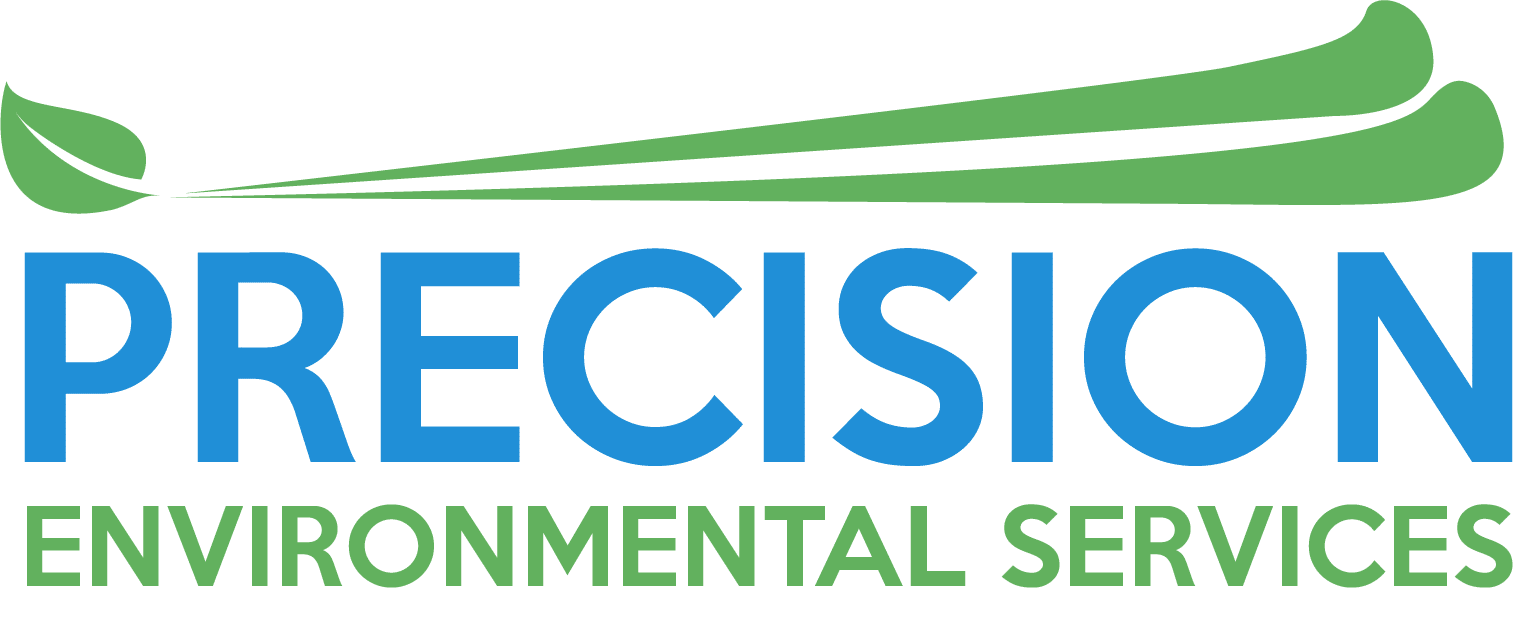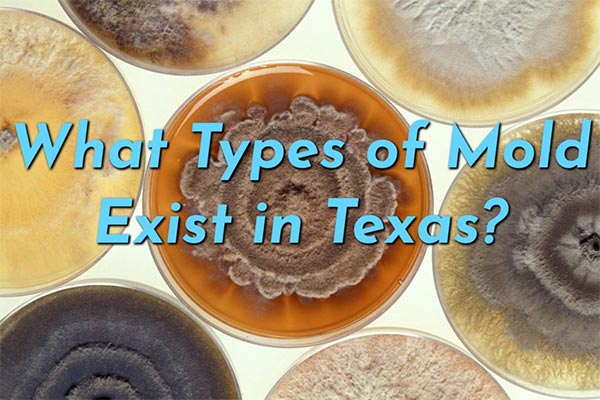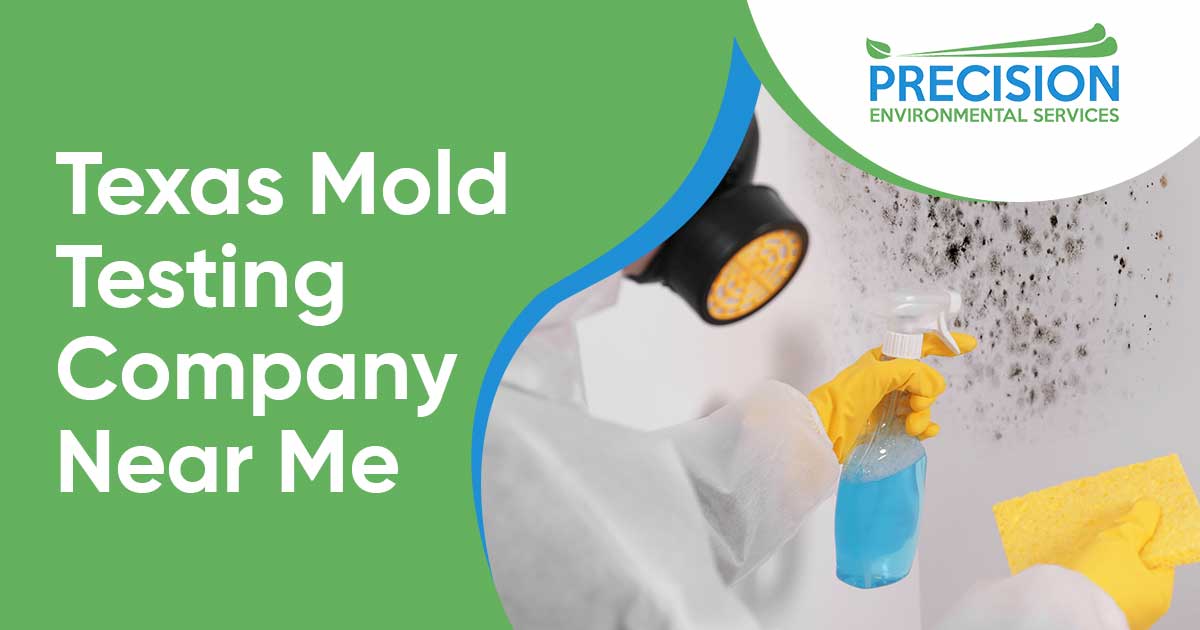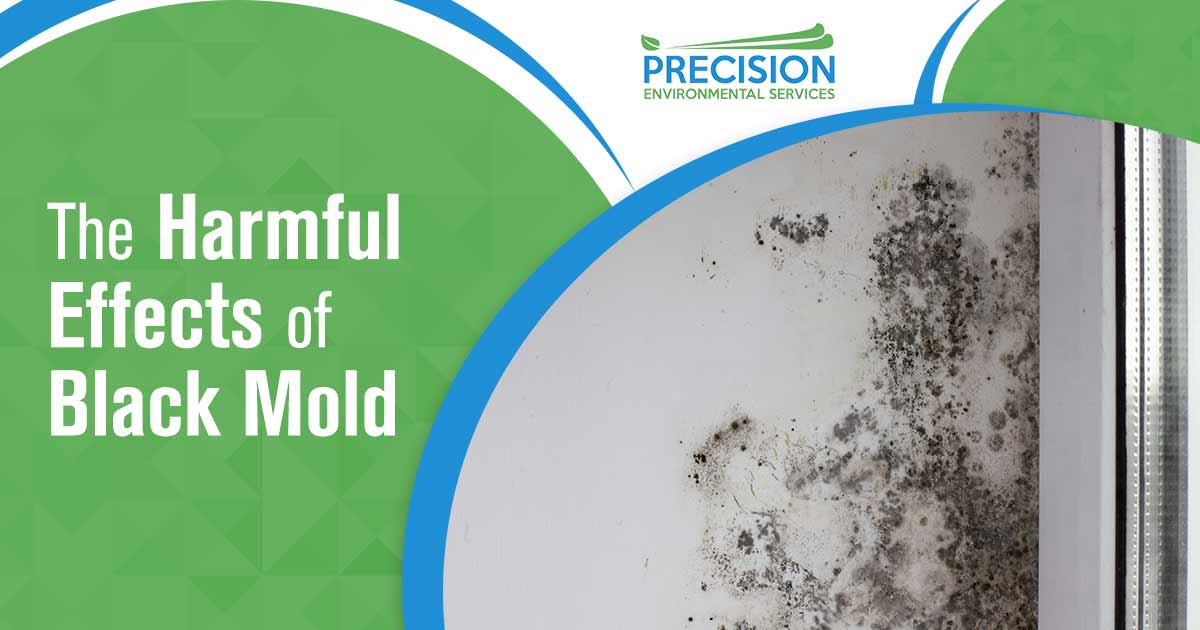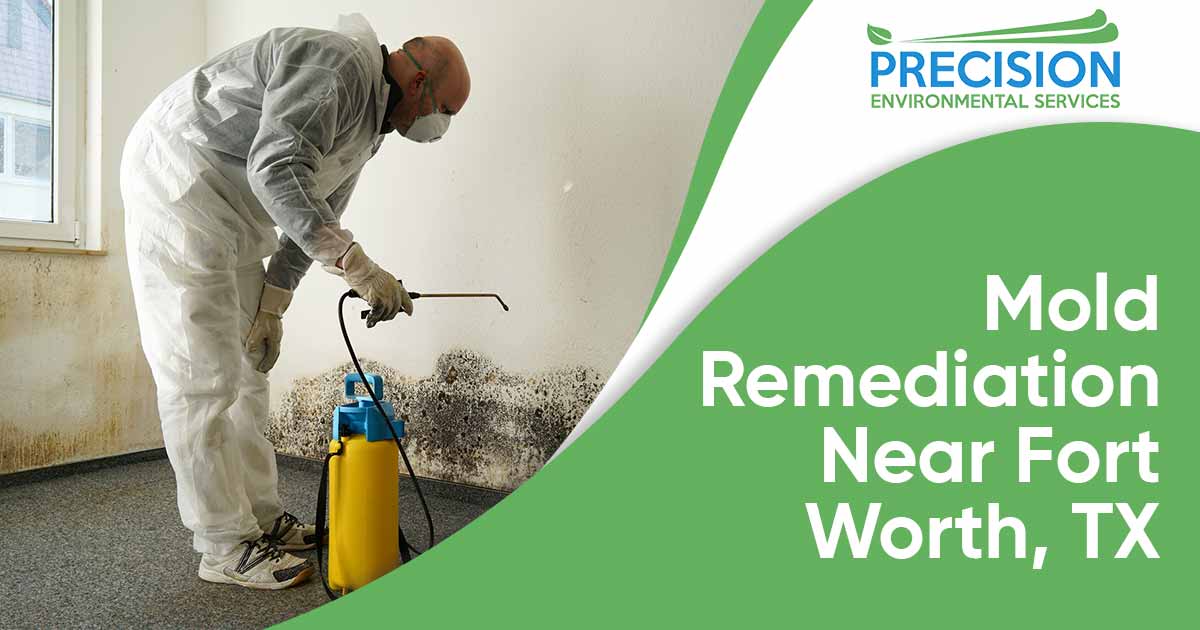What Types of Mold Exist in Texas? 7 Common Molds Found in Texas Homes
Is there a hidden danger lurking in your home? Moist places, like a home’s basement or attic, may be harboring a harmful hazard – mold. While there are studies that suggest there is no relationship between mold and geographic location, but there is data that shows some molds are more prevalent in different cities and states. So, what types of mold exist in Texas?
Common Types of Mold in Texas Homes
-
Stachybotrys Chartarum
While you may not recognize the scientific name of this type of mold, it is one of the most common molds found in homes. Also known as black mold, stachybotrys chartarum is a toxic mold, and can lead to issues with your respiratory system, mental health and asthma. Often identified by its musty smell, this type of mold is typically discovered in damp areas, such as heating and cooling systems.
-
Alternaria
Another common mold encountered in homes is alternaria. While it can grow outdoors, this type of mold grows indoors in areas with a lot of moisture, such as a sink or shower. Alternaria can cause allergic reactions in people sensitive to molds, including inducing asthma attacks.
-
Penicillium
There may be something familiar to you in the name of this common mold. But, just because penicillin was the first modern antibiotic does not mean you want it growing in your home. Penicillium most commonly grows on materials that have sustained water damage, including insulations, furniture or carpets. You can usually spot penicillium by its color, which is typically green or blue. Known to spread quickly, penicillium can have serious effects on the sinuses and respiratory system.
-
Aspergillus
Aspergillius is another common type of mold found in homes. While it is not known to do major harm to those who encounter it, it can lead to breathing disorders, as well as infections in the ears and eyes.
-
Chaetomium
Known for a musty odor, chaetomium also typically grows on materials that have been damaged by water. Wet drywall, wallpapers, baseboards and window frames are all common places this type of mold is discovered. This type of mold may appear as black, brown or green. It can cause an allergic reaction in people who are sensitive molds. Those symptoms can include sneezing, coughing, runny nose or a sore throat.
-
Cladosporium
You can also find molds such as cladosporium in cool warm areas, like carpet, wooden floorboards and older fabrics. People living with compromised immune systems are most susceptible to its toxins.
-
Fusarium
If an area of your home is cold and wet, that may be where a mold called fusarium is growing. Commonly found in soils, fusarium can also be found on carpets and other fabrics that have been damaged by water. This type of mold is known to affect the circulatory and nervous systems and can cause reactions for those suffering with conditions like asthma.
Environmental Factors that Spur Mold Growth
Basements, showers, carpets, ventilation systems, and heating and cooling areas are all common places that mold can grow in your home. As a fungus, mold flourishes in moist and warm areas. Household mold can lead to a variety of health issues, including headaches, breathing problems and skin irritation. That is why it is so important to take steps to prevent mold from growing in your home, as well as immediately removing mold should you find it.
While mold is present all the time, the southwestern region of the United States is one of the worst places overall for mold allergy sufferers. Environmental factors that contribute to mold growth include: climate, light and water activity
Climate – Most molds are not greatly affected by temperature. Temperatures between 59° F and 86° F are optimal for mold growth. That means for warmer states, on average, July is the peak season for mold growth. But, as you know, mold spores are present all year long, especially in the South and on the West Coast.
Light – You probably think of the darkest corners of your home as being the most likely place for mold to grow, but that is not always the case. Mold can grow in both light and dark environments. Many molds do grow well in the dark, but other need light to continue to produce spores. Light can also affect tempertures, which can lead to an increase in spore production.
Water Activity – As you may already be aware, all molds need moisture to grow and thrive. The amount required can vary greatly from mold to mold. The term for molds that do not require a lot of water activity is xerophiles. Molds that need more water to grow are called hydrophilic.
Other environmental factors that can impact mold include nutrients, air quality and pH levels. If you are experiencing problems with the types mold that exist in your Texas home, contact a professional who can properly identify the type of mold and how to safely remove it from your home.
